Colby House Porter
by Chris Colby
DESCRIPTION
This is an all-grain porter I have brewed, in one form or the other, over 25 times. It is a robust porter with a hint of molasses. (If you don’t tell anyone about the molasses, they probably won’t pick it up.) In some previous incarnations of the recipe, I also added brewers licorice. The first time I brewed it, back in 1991, the recipe was a slight alteration of a bock recipe from Charlie Papazian’s book. From there I’ve tweaked and retweaked it to my liking. (If you want it to compete at a BJCP contest, boost the OG and IBUs to the top of the category limit, or maybe 10% over.) The dark grains and hops are nicely balanced for a delicious aroma, full-flavor and very drinkable beer. This, along with my pale ale, is one my “go-to” beers that I try to have on tap as often as possible. My local water is high in carbonates and this is one of the few beer recipes I have that don’t require “cutting” my tap water with lots of distilled water.
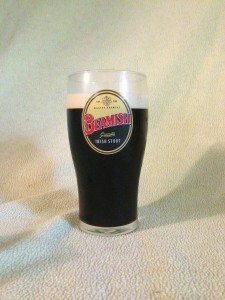


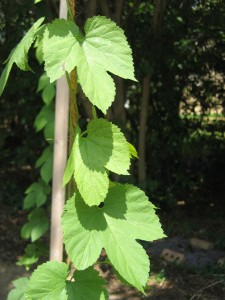


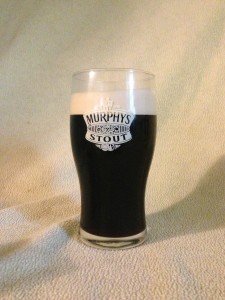
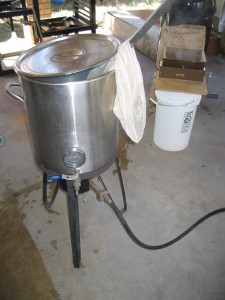
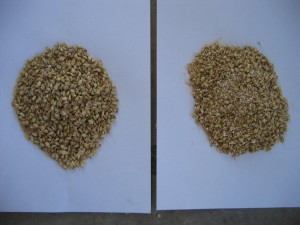
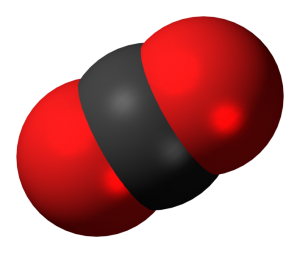



Recent Comments